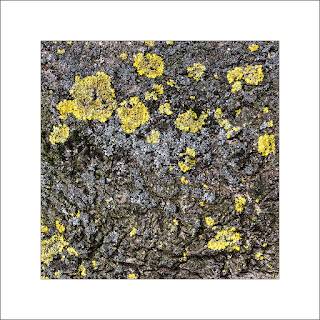Abstract photography concentrates on shape, form, colour, pattern and texture. In doing so it removes the wider context to focus on small sections or details of a subject, often obscuring its identity.
Taking abstracts is probably different to other types of photographic genres. They tend to be more spontaneous and opportunistic, and whilst I can pre-visualise landscape compositions in some detail, planning abstracts is restricted to generalised themes e.g. reflections, rock surfaces, rust, tree bark etc.
In addition, I find that abstracts require flexibility at the point of capture and I often prefer to use a point and shoot compact camera rather than the more rigid DSLR set-up. I think this has something to do with a concentration on the key elements of abstract photography (shape, form, colour, patterns and texture) and not being distracted by the technical aspects of image capture.
During photography week 8, there were a couple of opportunities for abstract photography. The first was reflections in the sailing lakes near Hovingham, East Midlands. There was sufficient air movement to ripple the water and by including only the patterns and colours in the lake they became more abstract:
Walking across one of the local fields, I noticed that the path was already dry and cracking despite the time of year. This led to a series of abstract shots using the embedded stones to anchor some of the compositions. It is an unusual subject and one I tried before... but normally in summertime:
In these tree bark shots I altered the contrast to impact on the perception of the textures:
Point of view plays a role in creating abstract compositions as demonstrated in these final images. The first looks down on a tree stump and the second looks along a tree branch with twigs fanning out in all directions:























No comments:
Post a Comment